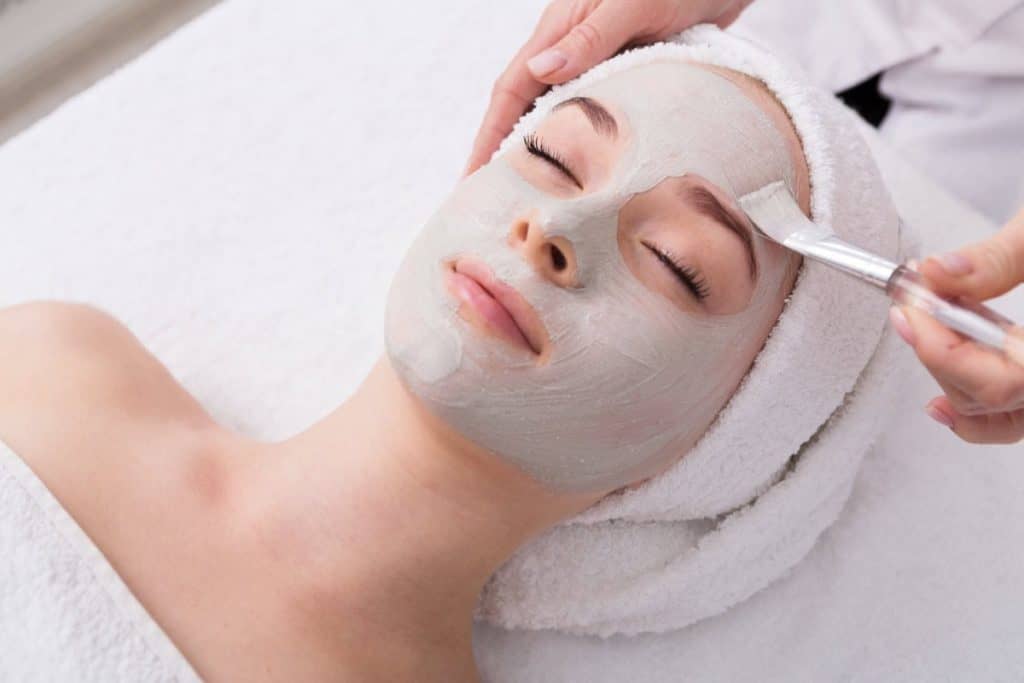Dark spots and hyperpigmentation are familiar skin concerns affecting millions worldwide. These skin conditions can significantly impact one’s self-esteem and overall confidence. As a result, many individuals seek effective treatment options to improve their skin’s appearance and restore an even complexion. One such treatment that has gained popularity in recent years is the chemical peel.
But before you try this treatment, there are a few items you need to know about it first. We will look into chemical peels for dark spots and hyperpigmentation, exploring their effectiveness, available types, and essential factors to consider before undergoing this treatment.
Understanding Dark Spots And Hyperpigmentation
Before diving into the world of chemical peels, it is crucial to understand the nature of dark spots and hyperpigmentation. These skin conditions are often confused with one another but have distinct characteristics and underlying causes.
Dark Spots Causes
Dark spots, also known as age spots or sunspots, are small, flat areas of increased pigmentation on the skin. These spots are typically brown, black, or gray and occur due to an overproduction of melanin, the pigment responsible for skin color. The primary cause of dark spots is prolonged sun exposure, which leads to the accumulation of melanin in certain areas of the skin. Other factors contributing to the development of dark spots include aging, genetics, hormonal imbalances, and certain medications.
Hyperpigmentation Causes
Hyperpigmentation is a broader term for skin darkening caused by increased melanin production. This condition can manifest in various forms, such as melasma, post-inflammatory hyperpigmentation (PIH), and freckles. Unlike dark spots, hyperpigmentation can occur in larger areas or patches on the skin. Causes of hyperpigmentation include sun exposure, inflammation, skin injuries, hormonal changes (such as during pregnancy or menopause), and certain medical conditions.
Chemical Peels: An Overview
A chemical peel is a non-invasive skin treatment that involves the application of a chemical solution to the skin’s surface. This solution causes the outer layers of the skin to exfoliate, revealing a fresher, more evenly pigmented layer underneath. Chemical peels date back to ancient Egypt, Greece, and Rome, where various natural acids and other ingredients were used to rejuvenate the skin.
Types of chemical peels
Chemical peels are classified into three main categories based on the depth of exfoliation they provide:
- Superficial peels: These mild peels use gentle acids, such as alpha-hydroxy acids (AHAs), to remove the outermost layer of the skin. Superficial peels are suitable for treating mild dark spots, hyperpigmentation, and other minor skin imperfections. They require minimal downtime and have a low risk of side effects.
- Medium peels: penetrate deeper into the skin, targeting the outer and middle layers. Medium peels commonly use trichloroacetic acid (TCA) as the active ingredient. They are more effective in treating moderate dark spots, hyperpigmentation, and other skin issues but may require a longer recovery and carry a higher risk of side effects.
- Deep peels: Deep peels, such as phenol peels, provide the most dramatic results by penetrating the deepest layers of the skin. They treat severe dark spots, hyperpigmentation, and other significant skin concerns. However, deep peels have a longer recovery time, a higher risk of side effects, and may not be suitable for all skin types.
How chemical peels work
The chemical solution applied to the skin during a chemical peel works by breaking down the bonds between skin cells, promoting exfoliation and the shedding of the top layers of the skin. This process stimulates the production of new skin cells and collagen, which helps to improve the skin’s overall texture and tone. By extracting the outermost layers of the skin, chemical peels help reduce the appearance of dark spots and hyperpigmentation, revealing a more even and radiant complexion.
Chemical Peels For Treating Dark Spots And Hyperpigmentation
Different chemical peels use various active ingredients to address dark spots and hyperpigmentation. Some of the most commonly used agents include:
- Glycolic acid: An alpha-hydroxy acid (AHA) derived from sugar cane, glycolic acid effectively treats mild to moderate dark spots and hyperpigmentation. It is often used in superficial peels.
- Salicylic acid: A beta-hydroxy acid (BHA) known for its oil-solubility and anti-inflammatory properties, salicylic acid is particularly effective in treating acne-related hyperpigmentation.
- Lactic acid: Lactic acid is another AHA often used in superficial peels to treat mild dark spots and hyperpigmentation. It is gentler than glycolic acid, making it suitable for sensitive skin types.
- Trichloroacetic acid (TCA): TCA is used in medium-depth peels to treat moderate dark spots and hyperpigmentation. TCA peels provide more dramatic results than superficial peels but may require a more extended recovery period.
- Jessner’s peel: A combination of lactic acid, salicylic acid, and resorcinol, Jessner’s peel is a medium-depth peel that can effectively treat a variety of skin concerns, including dark spots and hyperpigmentation.
When selecting a chemical peel for dark spots and hyperpigmentation, it is essential to consider factors such as your skin type, the severity of your skin condition, your desired outcome, and the probable risks and side effects of this approach. Consulting with a skincare professional is necessary to determine the most appropriate chemical peel for your specific needs and ensure the best possible results.
Chemical Peels Effectiveness
Numerous studies have demonstrated the effectiveness of chemical peels in reducing pigmentation and improving skin tone. For instance, a 2017 study published in the Journal of Cosmetic Dermatology found that a series of glycolic acid peels significantly reduced pigmentation in patients with melasma and post-inflammatory hyperpigmentation. Similarly, a 2013 study published in the Journal of Cutaneous and Aesthetic Surgery showed that TCA peels effectively treat melasma and other pigmentary disorders.
Research has also compared the effectiveness of chemical peels to other treatment modalities for dark spots and hyperpigmentation. A 2011 study in the Journal of the European Academy of Dermatology and Venereology compared glycolic acid peels to a topical hydroquinone cream, a widely used treatment for pigmentation disorders. The study found that both treatments were equally effective, but the chemical peels provided faster results.
Takeaway
If you’re willing to take the first phase towards a more even and radiant complexion, look no further than Beauty Lush Aesthetics. Chestcy, a board-certified nurse practitioner, is dedicated to providing personalized, science-backed treatments for dark spots and hyperpigmentation, including customized chemical peels tailored to your specific skin needs.
Don’t let dark spots and hyperpigmentation hold you back any longer. Contact us for a tailored consultation with one of our skilled professionals at Beauty Lush Aesthetics today. Together, we’ll create a treatment plan to restore your skin’s natural beauty and boost your confidence.








